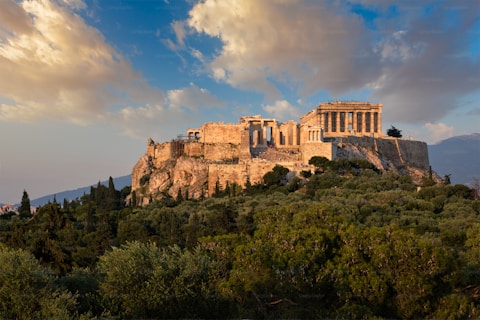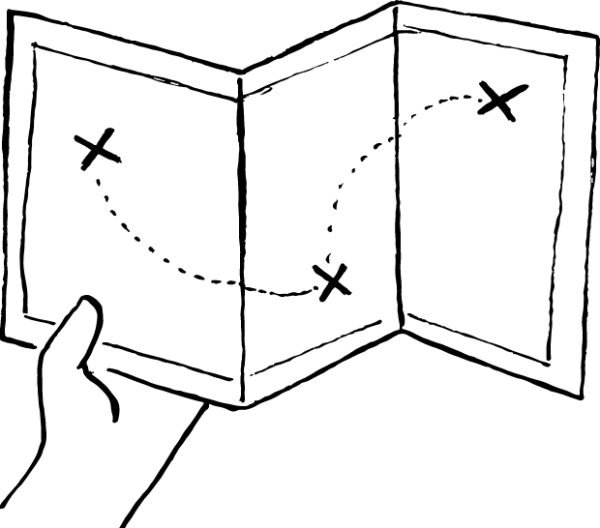Meteora: The Holy Land of the Hikers
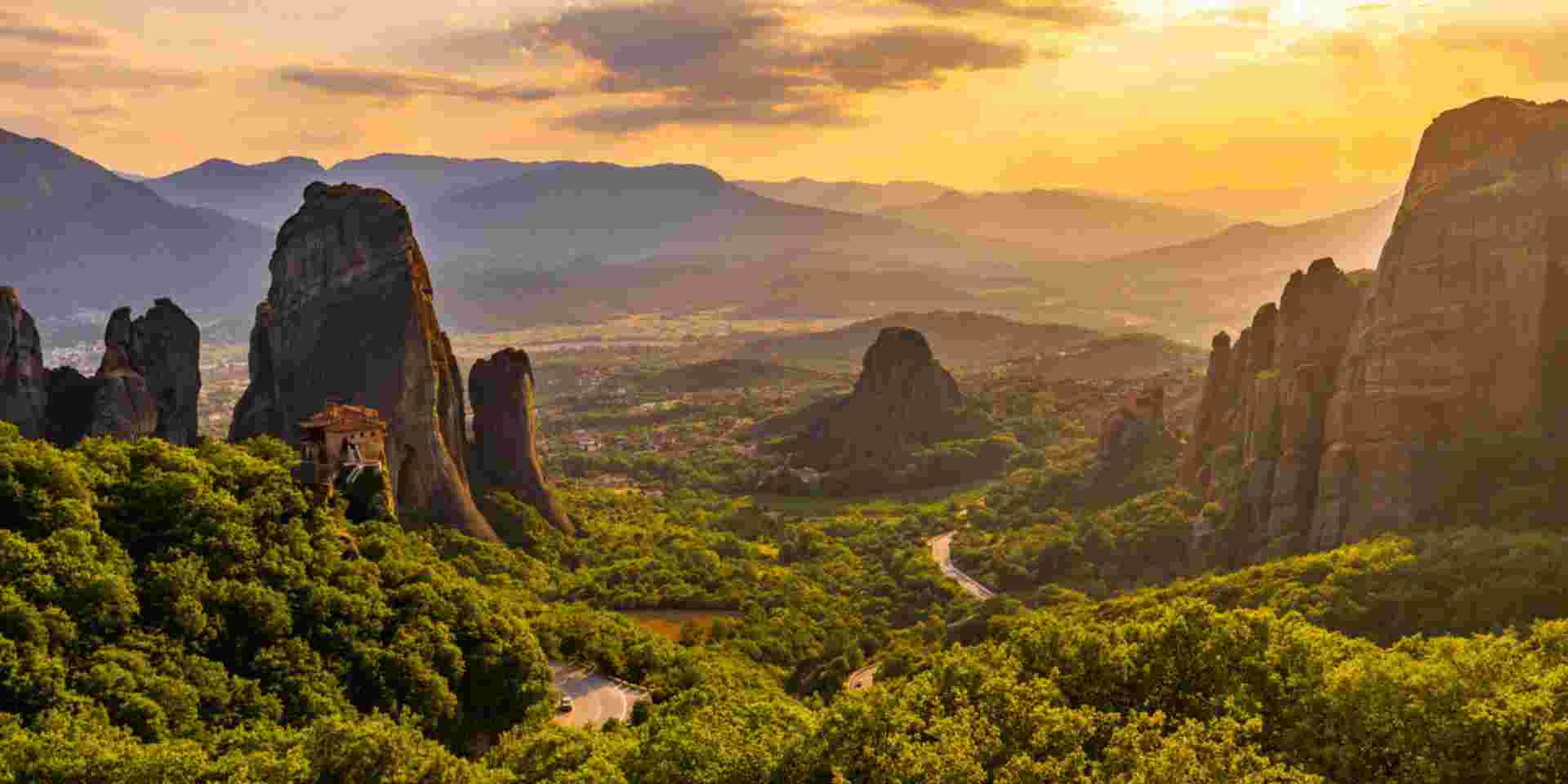
Discover the second-largest monastic complex in Greece through walking routes and unknown paths. The holy land of Meteora is ideal for hiking lovers!
A little bit of Meteora History
With its huge sandstone cliffs and centuries-old monasteries and hermitages, Meteora (which belongs to the list of UNESCO World Heritage Sites) is one of the main tourist attractions, not only in Thessaly but also in the whole of Greece. Furthermore, crowds of tourists arrive to admire the beautiful – and certainly special – landscape. Countless are couples who wander around the courtyards of the monasteries impressed, perhaps even slightly dizzy, by the beauty of the landscape. Moreover, there are groups with colorful headscarves, who come here for religious tourism.
Historically, the first monks probably appeared in Meteora in the 11th century. Over time sporadic monasticism was replaced by organized monasticism. Of the 24 monasteries that were created, today most are in ruins – only six can be visited, the Monasteries of Rousanos, Saint Stephan, Metamorfosis tou Sotiros (Great Meteoron), Holy Trinity, Saint Nicholas Anapauseos and Varlaam.
The Impressive Megalo Meteoro
Megalo Meteoro is the most imposing of all in size, in the western part of Meteora, which stands at a height of 613 m above sea level. Its founder was Athanasios the Meteorite, who founded the monastery in the middle of the 14th century. While the second founder is probably the monk Ioasaf. Additionally, it is about the former king John Uresis Paleologos (on his mother’s side he was related to the Byzantine imperial family of the Paleologos), who fled to Megalo Meteoro at the age of about 22. His cart is in the monastery.
It is indeed impressive, quite maximalist from an architectural point of view, and certainly very different from Roussanos Monastery, which is smaller and more compact. Nevertheless, the Great Meteoron has some very interesting exhibition spaces, such as the manuscript museum (where they display everything such as a medieval “tetravangelo” on parchment) or an exhibition of various strange relics. Such as a dragon blade and a medullary, i.e. a part where they put a mixture of bone marrow (!) and fat and used it to polish and clean weapons. The most beautiful thing, however, in Megalo Meteoro is a small room with a small opening, from which, if you stick your head in, you can see shelves full of monks’ skulls. They symbolize the spirit of the dead monks. An explanation making the sight, apart from creepy and riveting, easier to understand.
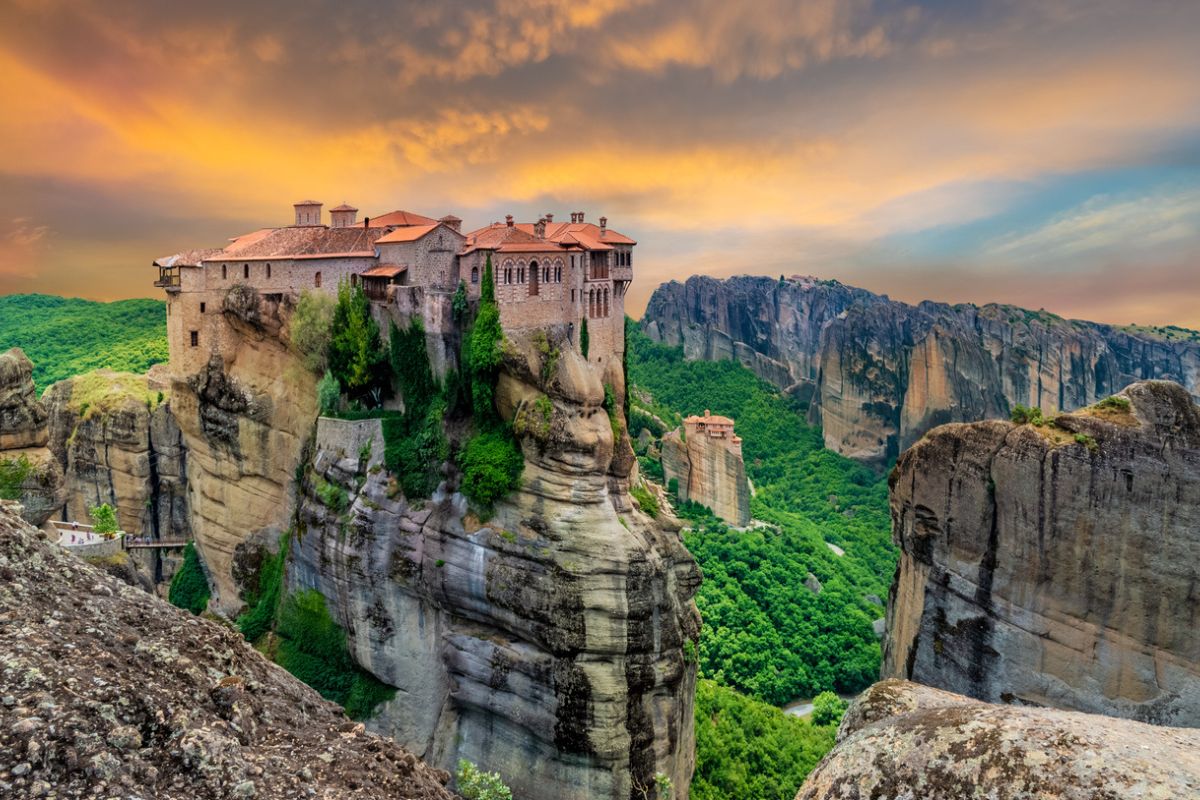
Walk with a View
Two things are good to keep in mind about hiking in Meteora. Basically, to know what not to be afraid of and what to look forward to. Firstly, is that there are short, easy routes that require only one to be willing to walk. Secondly, is to hike through the “stone forest”, crawl like an ant under huge rocks, and have the opportunity to observe from a distance (to have a more complete picture) the monasteries and abandoned hermitages.
The route that starts from Kastraki and ends at the Kalogera Prisons is fantastic. Walking on fallen leaves, which break like chips with every step is so much fun. The hike that passes opposite the monastery of Agios Nikolaos Batova or Kofina is also beautiful. It dates back to the middle of the 14th century and is located in a ravine between Kalambaka and Kastraki. At an altitude of 370 m. viewing the Monastery of Badova from a distance is striking. It is so embedded in the rock, that it looks more like a patch than a structure. Looking at the small building, cut and sewn on the stone, one of the peculiarities of Meteora is that the monasteries and the rocks are not differentiated. On the contrary, they are an indivisible whole.
On the way to Agios Nikolaos Batova, pass under the remarkable, hermitages of Agios Grigorios. Which even your guide has not seen from the inside.
Seven Hiking Routes for Beginners
The area of Meteora is ideal for walking. We suggest a series of low-difficulty passable routes, suitable for people with little experience. However, there are no markings. Therefore, you must have a map and GPS with you. Or even better to go with a guide. Nonetheless, those of you who are not familiar with hiking will get tired at some points. Therefore, make sure you are properly equipped with shoes, a walking stick, comfortable clothes, and water. Nevertheless, there is no way you will not be compensated by the refreshing walk in the forest.
Finally, let’s dive into the Hiking Routes
- Kastraki village – asphalt road to the right – 300 m. dirt road – Monastery of Agios Nikolaos Batova – Monastery of Agios Antonios – Sketes of Agios Grigorios – path 20 minutes – upper district of Kastraki – crossing the village of Kastraki – Agios Georgios Mantilas – Agios Nicholaos Anapauseos parking lot.
Difficulty level: A (beginners). Duration: 1 hour and 10 minutes.
- The lower parking lot of Rousanou Monastery – Rousanou Monastery – the upper parking lot of Rousanou Monastery – Psaropetra (steps, wide path, asphalt road).
Degree of difficulty: A. Duration: 30 minutes.
- Kastraki Square – Monks’ Prisons-Parking of Agios Nicholaos Anapauseos Monastery.
Degree of difficulty: A-B. Duration: 1 hour.
- Parking of Agios Nicholaos Anapauseos – Varlaam Monastery – Megalo Meteoron (path in the forest).
Degree of difficulty: A. Duration: 45 minutes.
- Megalo Meteoron – Ypapantis Monastery – Megalo Meteoron.
Degree of difficulty: A-B. Duration: 1 hour and 10 minutes.
- Route: Holy Trinity – Kalambaka (paved).
Degree of difficulty: A. Duration: One hour.
- Route: Kastraki – Adrakhti – Kastraki (wide steps, path).
Degree of difficulty: A-B. Duration: 1 hour and 10 minutes.
Contact one of our travel designers, to plan your Meteora Hike at hello@greeceinsiders.travel.
Feeling Ready?
From our blog
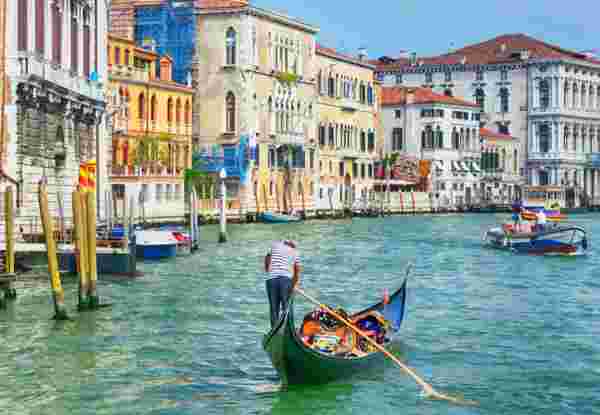
Exploring Venice and Its Canals
READ MORE
Crete for Seniors: A Complete Guide
READ MORE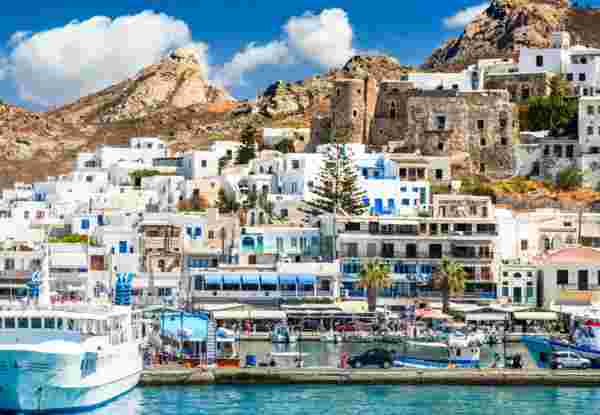
How to Explore Naxos for Seniors
READ MORE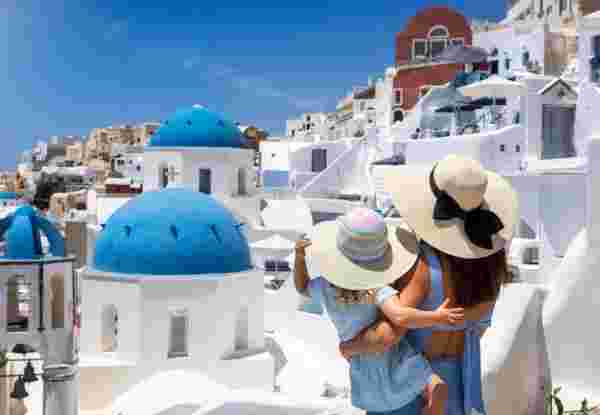
Why Visit Santorini with Kids: A Fun Family Guide
READ MORE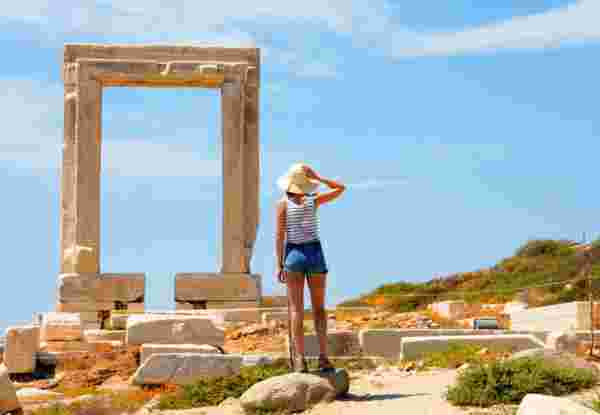
Honeymoon in Naxos: A Complete Guide
READ MORE
Visiting Athens with Kids: A helpful Guide
READ MORE
Paros for Seniors: Tips and Itinerary
READ MORE
Best Resorts in Greece for Families: Your Ultimate 2025 Guide
READ MORE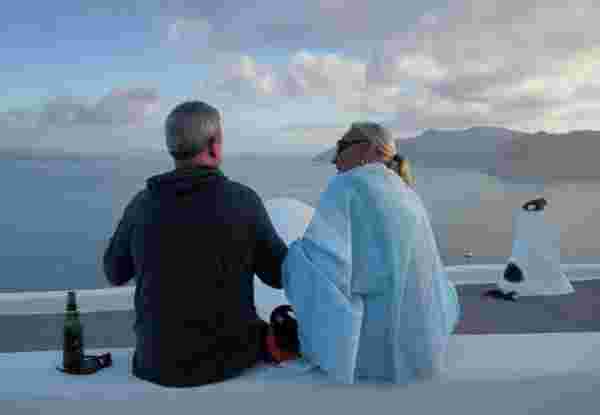
How to Enjoy Santorini for Seniors
READ MORE
